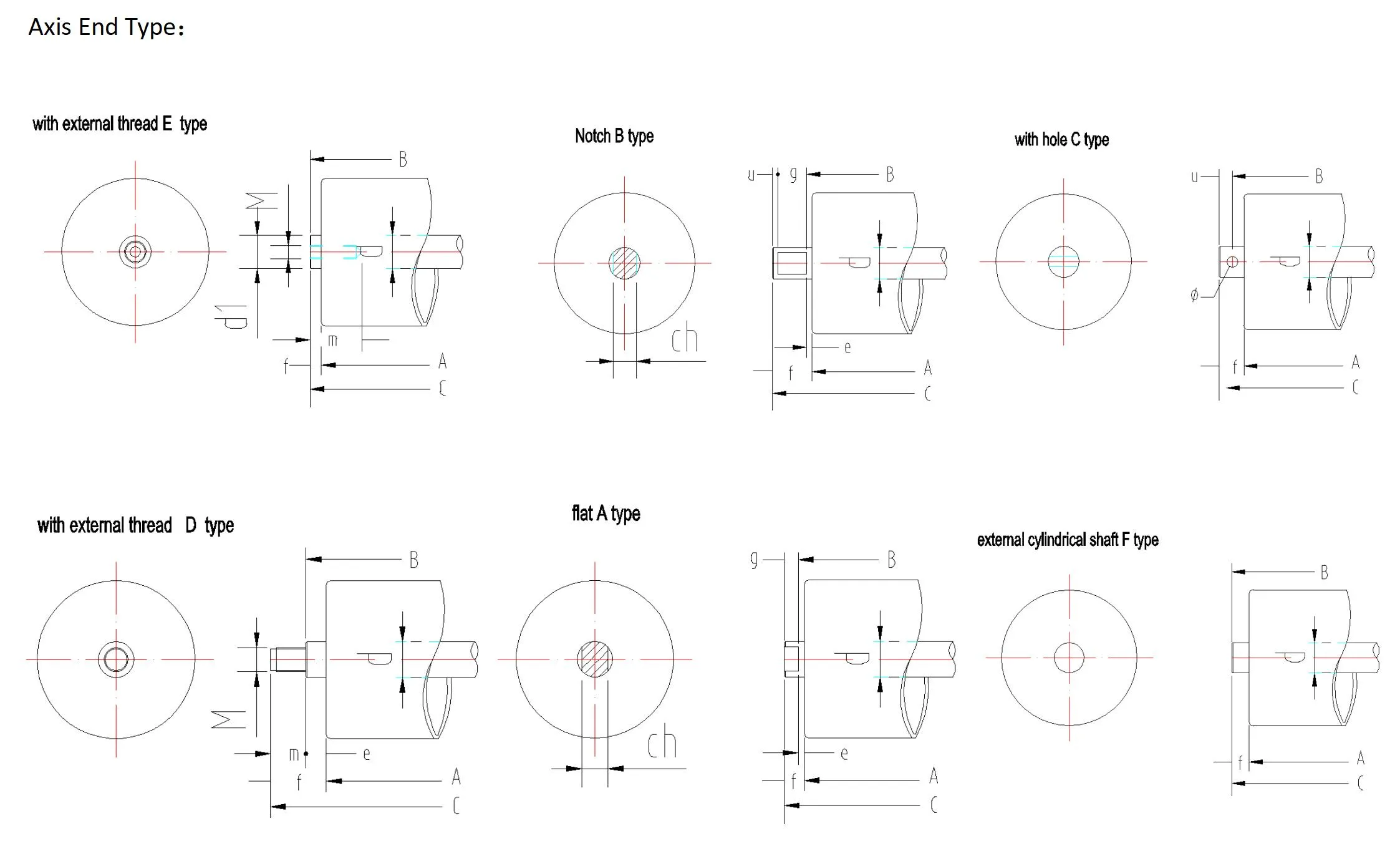 Afrikaans
Afrikaans  Albanian
Albanian  Amharic
Amharic  Arabic
Arabic  Armenian
Armenian  Azerbaijani
Azerbaijani  Basque
Basque  Belarusian
Belarusian  Bengali
Bengali  Bosnian
Bosnian  Bulgarian
Bulgarian  Catalan
Catalan  Cebuano
Cebuano  Corsican
Corsican  Croatian
Croatian  Czech
Czech  Danish
Danish  Dutch
Dutch  English
English  Esperanto
Esperanto  Estonian
Estonian  Finnish
Finnish  French
French  Frisian
Frisian  Galician
Galician  Georgian
Georgian  German
German  Greek
Greek  Gujarati
Gujarati  Haitian Creole
Haitian Creole  hausa
hausa  hawaiian
hawaiian  Hebrew
Hebrew  Hindi
Hindi  Miao
Miao  Hungarian
Hungarian  Icelandic
Icelandic  igbo
igbo  Indonesian
Indonesian  irish
irish  Italian
Italian  Japanese
Japanese  Javanese
Javanese  Kannada
Kannada  kazakh
kazakh  Khmer
Khmer  Rwandese
Rwandese  Korean
Korean  Kurdish
Kurdish  Kyrgyz
Kyrgyz  Lao
Lao  Latin
Latin  Latvian
Latvian  Lithuanian
Lithuanian  Luxembourgish
Luxembourgish  Macedonian
Macedonian  Malgashi
Malgashi  Malay
Malay  Malayalam
Malayalam  Maltese
Maltese  Maori
Maori  Marathi
Marathi  Mongolian
Mongolian  Myanmar
Myanmar  Nepali
Nepali  Norwegian
Norwegian  Norwegian
Norwegian  Occitan
Occitan  Pashto
Pashto  Persian
Persian  Polish
Polish  Portuguese
Portuguese  Punjabi
Punjabi  Romanian
Romanian  Russian
Russian  Samoan
Samoan  Scottish Gaelic
Scottish Gaelic  Serbian
Serbian  Sesotho
Sesotho  Shona
Shona  Sindhi
Sindhi  Sinhala
Sinhala  Slovak
Slovak  Slovenian
Slovenian  Somali
Somali  Spanish
Spanish  Sundanese
Sundanese  Swahili
Swahili  Swedish
Swedish  Tagalog
Tagalog  Tajik
Tajik  Tamil
Tamil  Tatar
Tatar  Telugu
Telugu  Thai
Thai  Turkish
Turkish  Turkmen
Turkmen  Ukrainian
Ukrainian  Urdu
Urdu  Uighur
Uighur  Uzbek
Uzbek  Vietnamese
Vietnamese  Welsh
Welsh  Bantu
Bantu  Yiddish
Yiddish  Yoruba
Yoruba  Zulu
Zulu Non-Driven Pulley System for Efficient Mechanical Performance and Functionality
Understanding Non-Drive Pulleys A Critical Component in Mechanical Systems
In the realm of mechanical engineering, pulleys play an essential role in various systems, providing a means to transmit power and motion efficiently. Among the numerous types of pulleys, non-drive pulleys are particular components that serve specific and vital functions in many applications. By understanding non-drive pulleys, their designs, and their operating principles, one can appreciate their impact on the overall efficiency of mechanical systems.
Non-drive pulleys, distinct from their drive counterparts, do not actively contribute to the propulsion of a system. Instead, they serve mainly to guide or redirect a belt or cable within machinery. Often employed in conveyor systems, elevators, and various types of lifting gear, non-drive pulleys allow for smoother operation and ultimately help to extend the lifespan of the driven components.
Understanding Non-Drive Pulleys A Critical Component in Mechanical Systems
Moreover, non-drive pulleys can take on various forms and sizes, depending on their intended application. For instance, in a simple belt-driven system, non-drive pulleys might have a relatively standard shape and size, while in more complex arrangements, they can be designed as sheaves or can feature specialized grooves to accommodate specific types of belts. The versatility in design allows engineers to tailor solutions for a wide range of applications, from simple household items to sophisticated industrial machines.
non drive pulley

In addition to facilitating the transfer of motion, non-drive pulleys can also play a significant role in adjusting the tension of the belt in a system. Proper tension is critical for optimal performance; too much slack can lead to slipping, while excessive tension can cause premature wear or even failure. Non-drive pulleys help maintain this tension by serving as anchor points in the system, ensuring that the belt remains consistently adjusted throughout its operation.
Another notable application of non-drive pulleys is in the realm of safety. In situations where the failure of a drive component could lead to catastrophic results, non-drive pulleys are often incorporated into redundancy systems. By having these pulleys strategically placed, designers can ensure that if a driven pulley fails, there is still a pathway for motion transfer that keeps the system functional, thereby enhancing safety and reliability.
Furthermore, the maintenance of non-drive pulleys is relatively straightforward. Regular inspections can help identify wear patterns or misalignments early, allowing for proactive measures to be taken before significant issues arise. This ease of maintenance contributes to the overall effectiveness and longevity of mechanical systems that utilize non-drive pulleys.
In conclusion, non-drive pulleys, while not directly involved in the propulsion of mechanical systems, are integral components that contribute to efficiency, safety, and reliability. Their design variety and functional versatility enable them to serve critical roles in a multitude of applications. From reducing friction to maintaining belt tension, their presence underscores the importance of effective engineering solutions in motion transfer systems. Understanding the characteristics and functions of non-drive pulleys allows engineers and technicians alike to optimize their designs and ensure the smooth operation of various mechanical systems.
-
Revolutionizing Conveyor Reliability with Advanced Rubber Lagging PulleysNewsJul.22,2025
-
Powering Precision and Durability with Expert Manufacturers of Conveyor ComponentsNewsJul.22,2025
-
Optimizing Conveyor Systems with Advanced Conveyor AccessoriesNewsJul.22,2025
-
Maximize Conveyor Efficiency with Quality Conveyor Idler PulleysNewsJul.22,2025
-
Future-Proof Your Conveyor System with High-Performance Polyurethane RollerNewsJul.22,2025
-
Driving Efficiency Forward with Quality Idlers and RollersNewsJul.22,2025





























